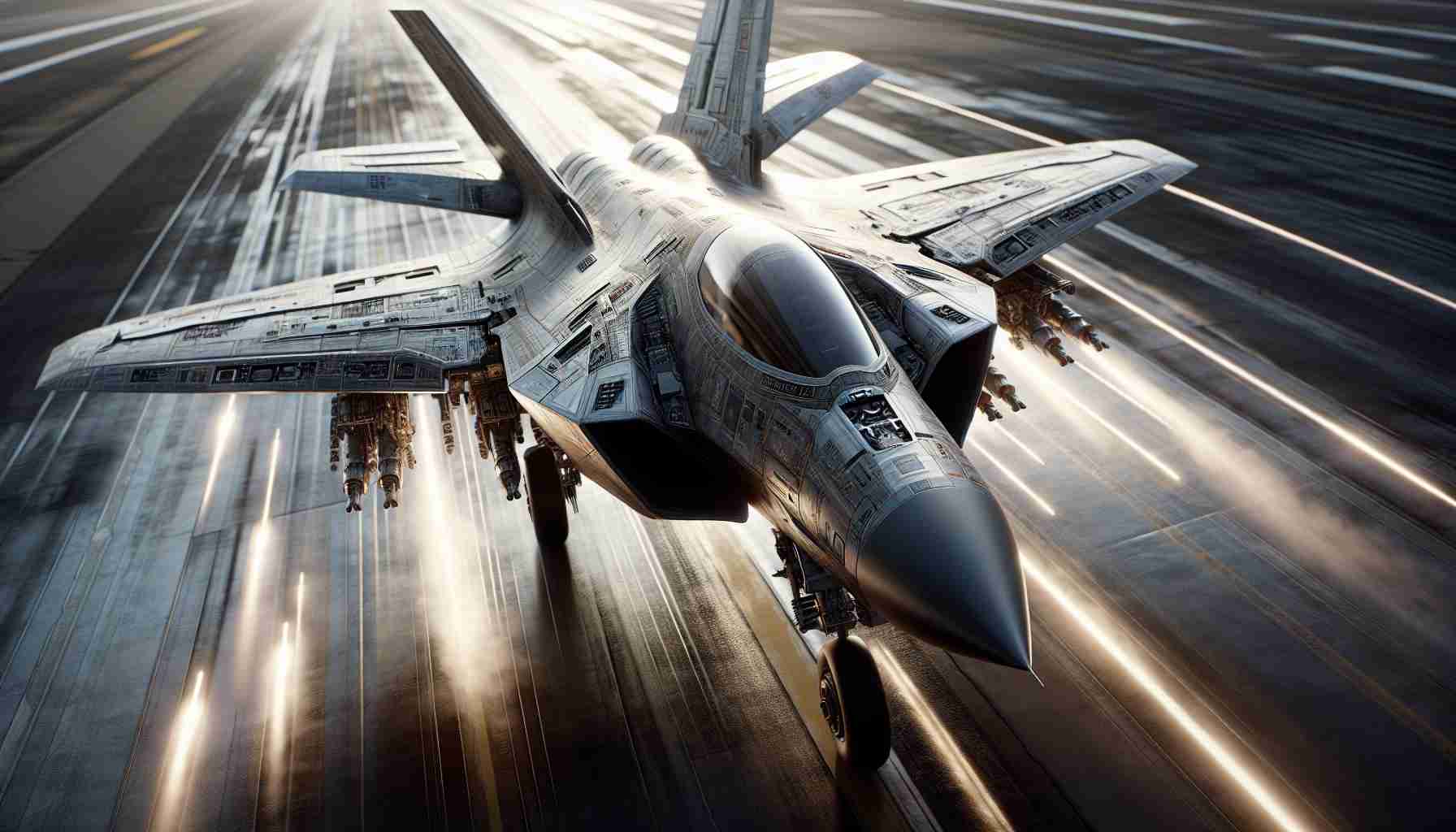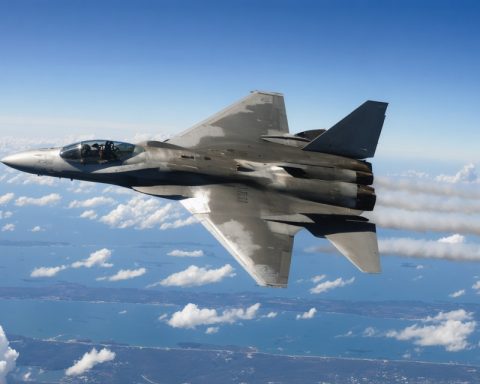NGAD: The Future of Fighter Jets or a Sky-High Dream?
The U.S. Air Force’s ambitious Next-Generation Air Dominance (NGAD) program, envisioned as the successor to the F-22, faces turbulent skies ahead. Despite promises of a revolutionary stealth aircraft designed to integrate seamlessly with drone technology, the NGAD project has encountered significant obstacles.
The Vision and the Struggle
Initially, NGAD captured attention with its goal to reshape the fighter jet landscape, much like the annual update model of a Toyota Camry. But unlike consumer cars, developing fighter aircraft is fraught with complexities and escalating costs. The intended role was to create a stealthy, long-range asset capable of penetrating contested airspace, and directing unmanned aircraft like the Collaborative Combat Aircraft toward critical missions. However, the plan to streamline production and procurement has fallen out of favor among traditional defense contractors due to cost concerns and industry skepticism.
Economic and Technological Turbulence
Projected costs for each NGAD unit soared to an eye-watering $255-300 million, sparking doubts about its feasibility. The anticipated economies of scale have been elusive, leading to increased logistical demands for maintenance across diverse aircraft models. Furthermore, recent military conflicts, such as the one in Ukraine, highlight the increasing role of drones, suggesting a reduced reliance on manned aircraft.
The Future in Limbo
While the NGAD project’s future remains uncertain, debates continue over its necessity alongside the still-emerging F-35 fleet. Whether the program adapts to changing strategic and technological landscapes or stalls indefinitely will be closely watched by military and industry leaders alike.
The Future of NGAD: Innovations, Challenges, and Market Dynamics
The U.S. Air Force’s Next-Generation Air Dominance (NGAD) program, a cutting-edge vision for future air combat, continues to spark discussions about its potential impact and viability. Despite the promise of unprecedented advancements in stealth and integration technologies, NGAD faces both technological and economic challenges.
Innovations in the NGAD Program
NGAD represents a transformative leap in fighter jet capabilities. Its design is centered around seamless integration with drone technology, creating a hybrid force where manned and unmanned systems operate synergistically. This approach aims to empower pilots with real-time data and versatile mission execution capabilities. The aircraft is expected to boast enhanced stealth features and extended range, essential for penetrating contested environments.
Economic and Technological Challenges
The projected costs for NGAD are steep, with each unit estimated to range between $255 and $300 million. These costs raise significant questions about economic sustainability, especially when juxtaposed against current and emergent defense budgets. The complexities involved in developing new technologies can result in greater than anticipated expenses, compounding financial strains.
Technologically, the reliance on emerging computer systems and software integration poses a major hurdle. Maintaining a fine balance between innovation and reliability remains a core challenge, particularly as autonomous systems and drone collaborations require intricate coordination.
Market Analysis and Comparison
In the evolving landscape of air combat technology, NGAD is often compared with other modern fighter jets, particularly the F-35. While the F-35 continues its rollout across various branches of the military, NGAD is envisioned to complement rather than replace it. However, industry analysts question whether the two programs can coexist efficiently in terms of resource allocation and strategic necessity.
Use Cases and Strategic Implications
The primary advantage of NGAD lies in its potential use in high-threat environments, where its stealth and coordination with unmanned systems could be game-changers. Strategic implications include enhanced control over contested airspace, effective response to emergent threats, and increased flexibility in mission planning.
Pricing and Market Trends
Given the high unit costs, NGAD’s pricing strategy will be pivotal. Defense sectors globally are shifting towards cost-effective solutions that maximize operational capabilities, a trend that NGAD must align with to ensure procurement sustainability. The defense market’s broader shift towards hybrid warfare technologies emphasizes agility and adaptability, traits that NGAD aims to embody.
Predictions for the Future
Despite its financial and technological challenges, NGAD is poised to shape future trends in military aviation. Its success will depend on balancing cutting-edge innovation with practical implementation and cost management. If NGAD overcomes its current hurdles, it could redefine air combat strategy and capability.
For more information on defense and technological advancements, visit the official U.S. Air Force website.







